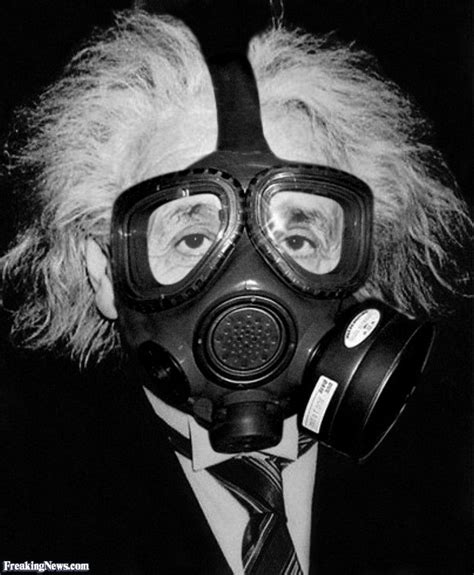The Royal Australasian College of Physicians is calling on the Government to follow Australia’s lead in banning engineered stone, over its links to the incurable lung disease silicosis .
A spokesperson says inhaling even small amounts of the dust, has been linked with silicosis and other conditions including cancer and heart disease.


Still. The actual problem is the working methods making the dust airborne, isn’t it? If the material is treated with proper methods in manufacturing, it’ll be long lived and perfectly safe in use, right?
This is the problem though ,it would take a book to cover all the practical difficulties on how to safely handle any hazardous material on site.
There are fabrication shops these days where humans play no part in the manufacturing process apart from the programming of the machines and pushing a button ,all the cutting is carried out using various methods in sealed units .(Although these yards produce their own serious environmental issues )
What computerised machines in sealed units can not do though is take the prefabricated piece of whatever and install it into it’s intended home ,you need Homo sapiens for this purpose and unfortunately this is where dust becomes airborne.
And that is just on new build or installation projects ,once you enter into the big outside world of restoration,renovation,alterations,conservation, demolition,tunneling,mining,crushing ,hydraulic fracturing …etc etc ,you enter a world where dust has to be created no matter how you handle whatever material has to be removed or altered.
There are thousands of expensive dust reducing safety products out there everything from surfactants to vacuums,not all are practical and none are 100% efficient.
The answer is making sure the workforce is aware of the dangers through training and education,regular health monitoring, and it would also be beneficial to have a functioning safety regulator!
It is perfectly safe in use, as I understand it, it’s just not safe for humans to work it into a form suitable for installation. I can’t imagine a single reasonable scenario in which someone’s going to find their countertop ground to fine particulate dust. However if it does get pulverised and airborne, it’s way worse to get into your lungs than natural stone because of all the other contaminants that go into making engineered stone which you don’t find in the natural stuff. Think of Florida’s plan to put radioactive waste into their tarmac as another example - tarmac gets torn up and some of it does get fine enough to hang around in the air, it’s part of smog. We breathe that in. Obviously it’s not good if it’s not radioactive. Make it radioactive though and you have a much bigger problem.